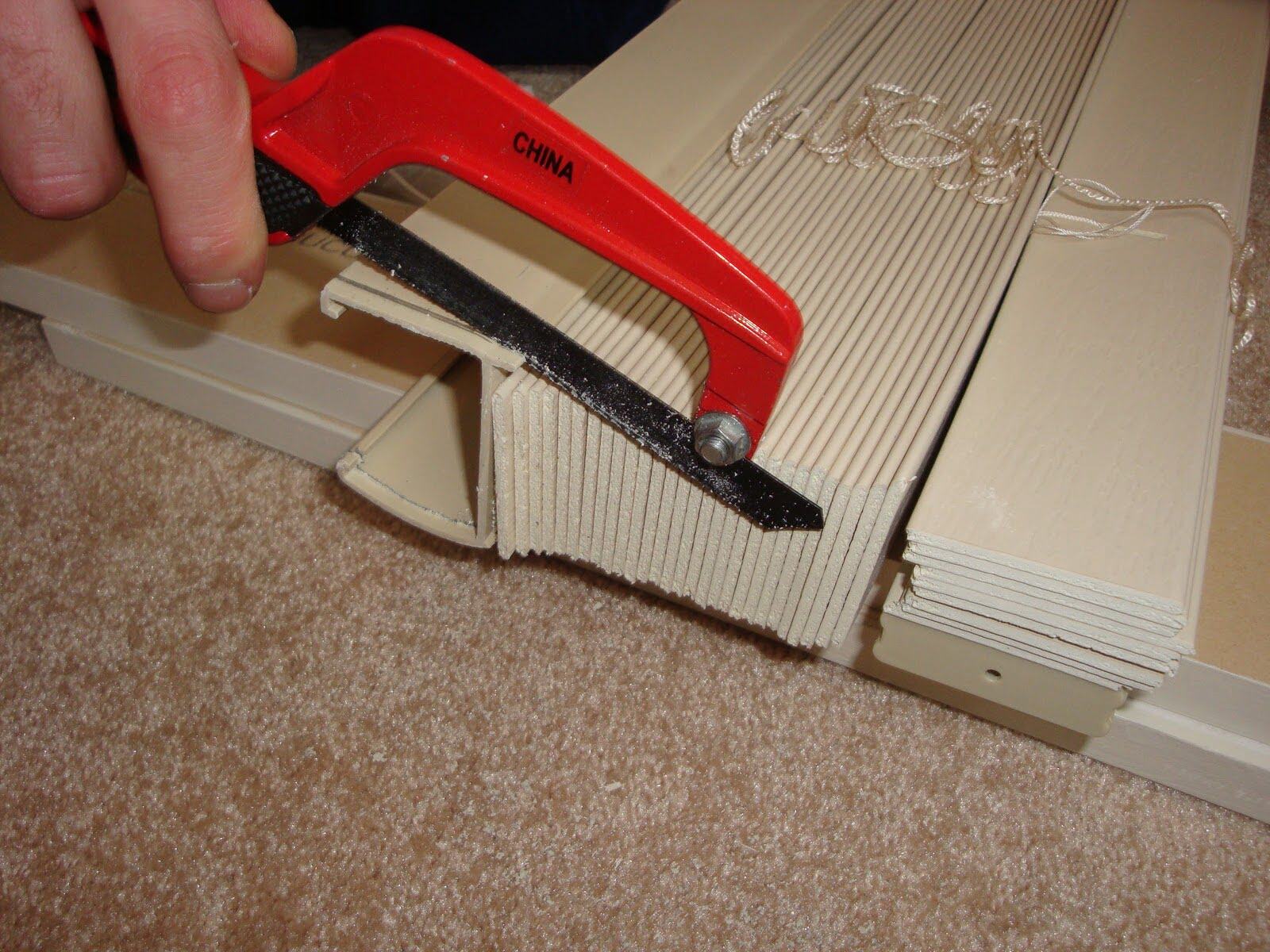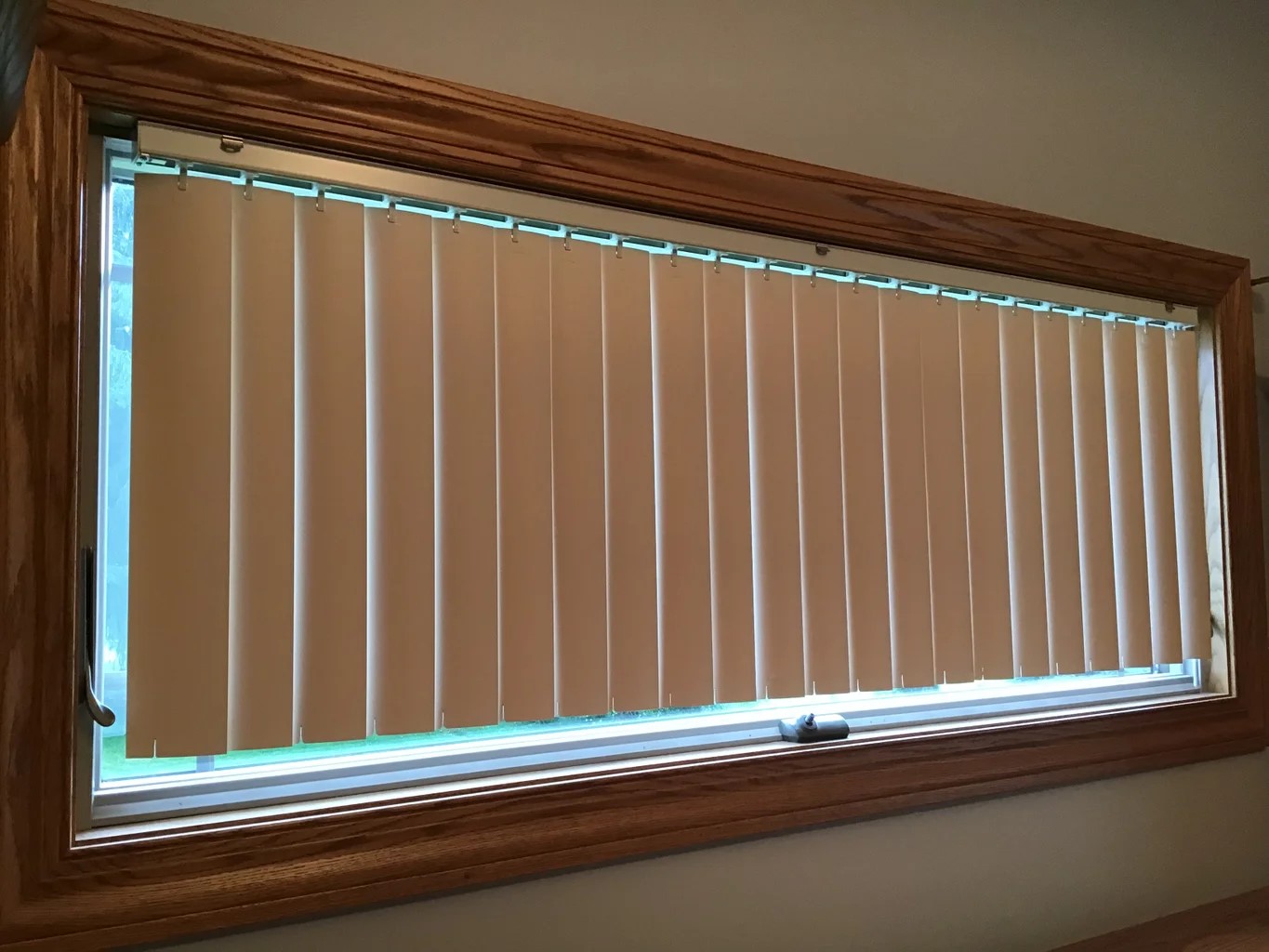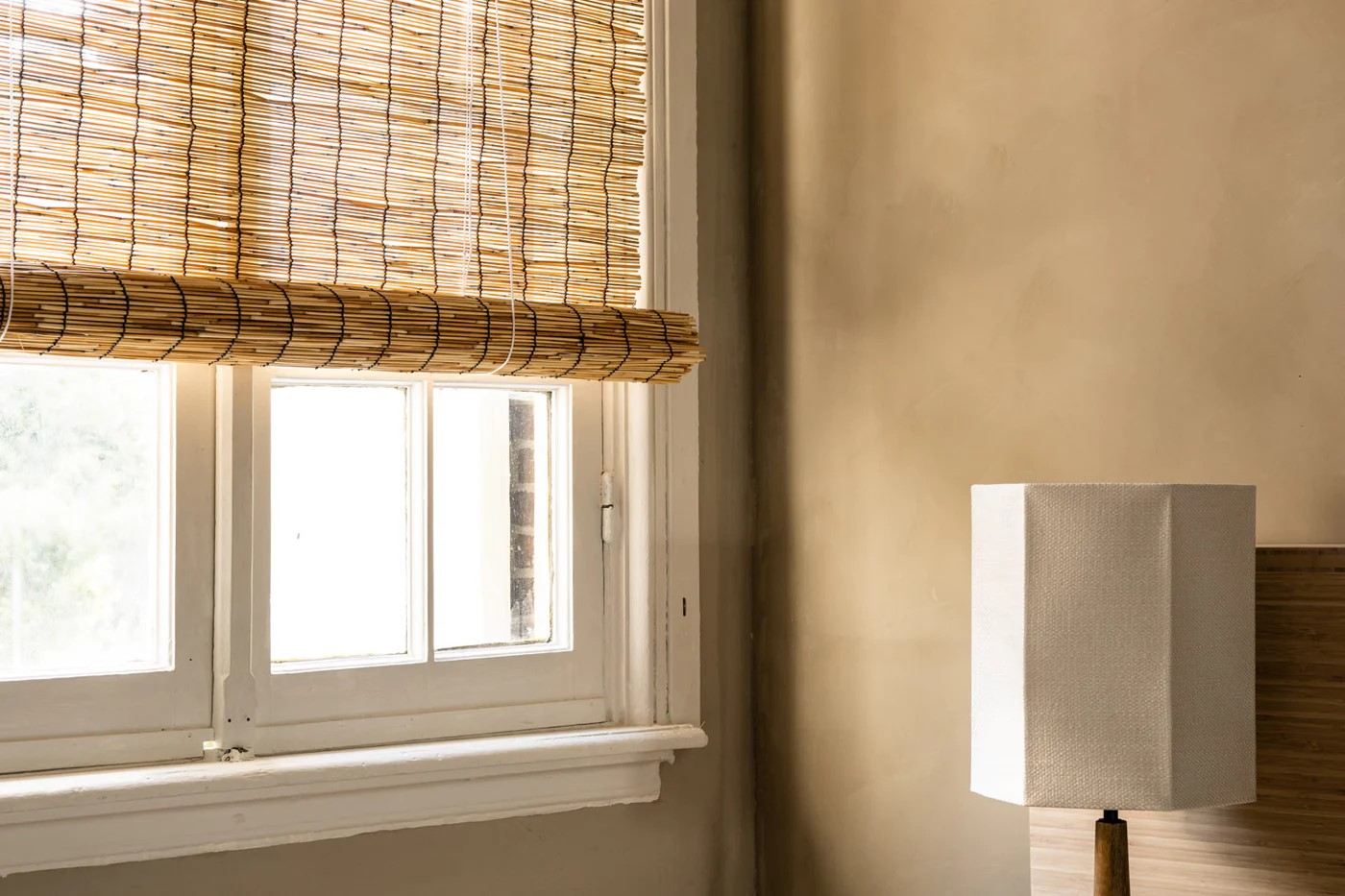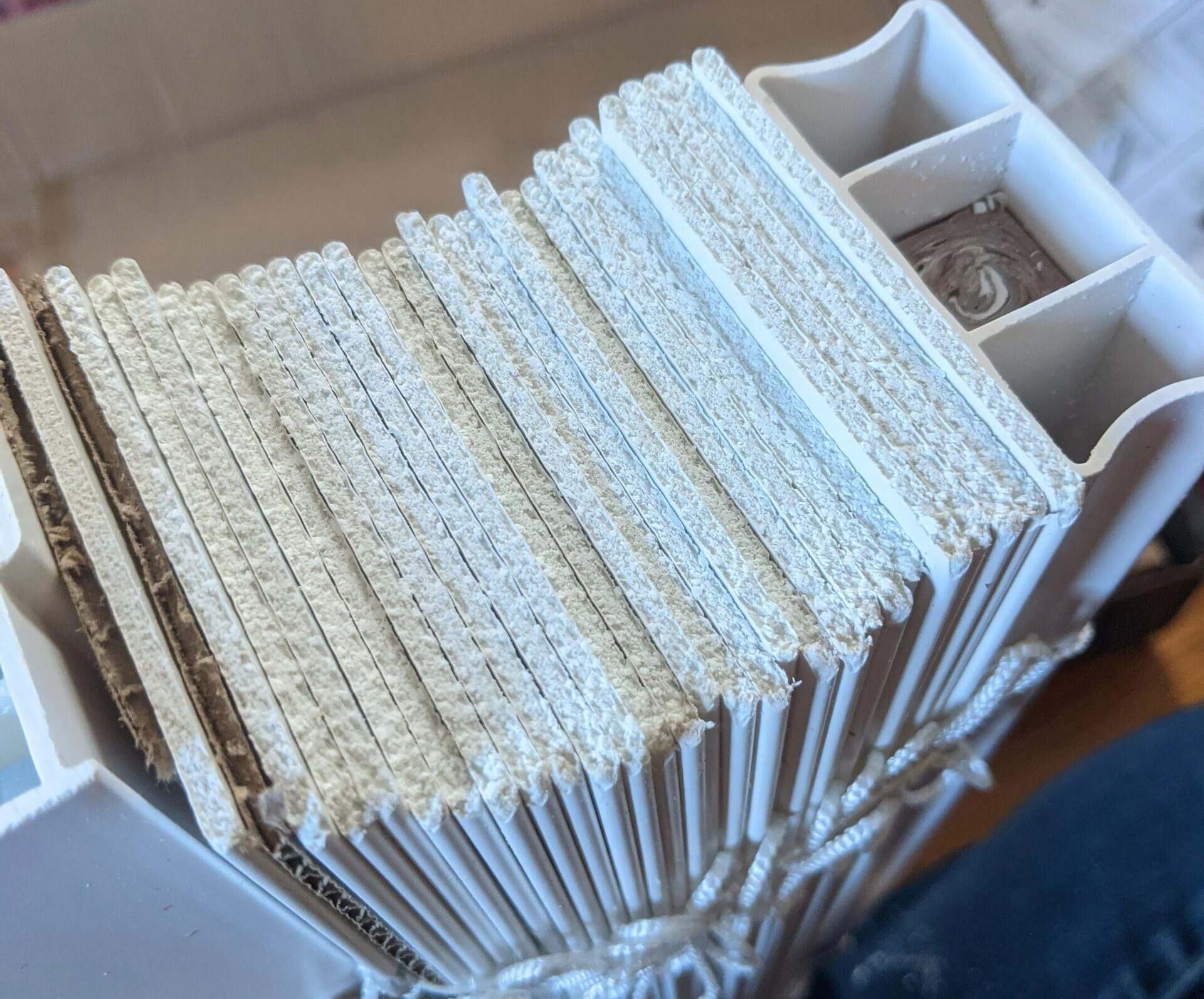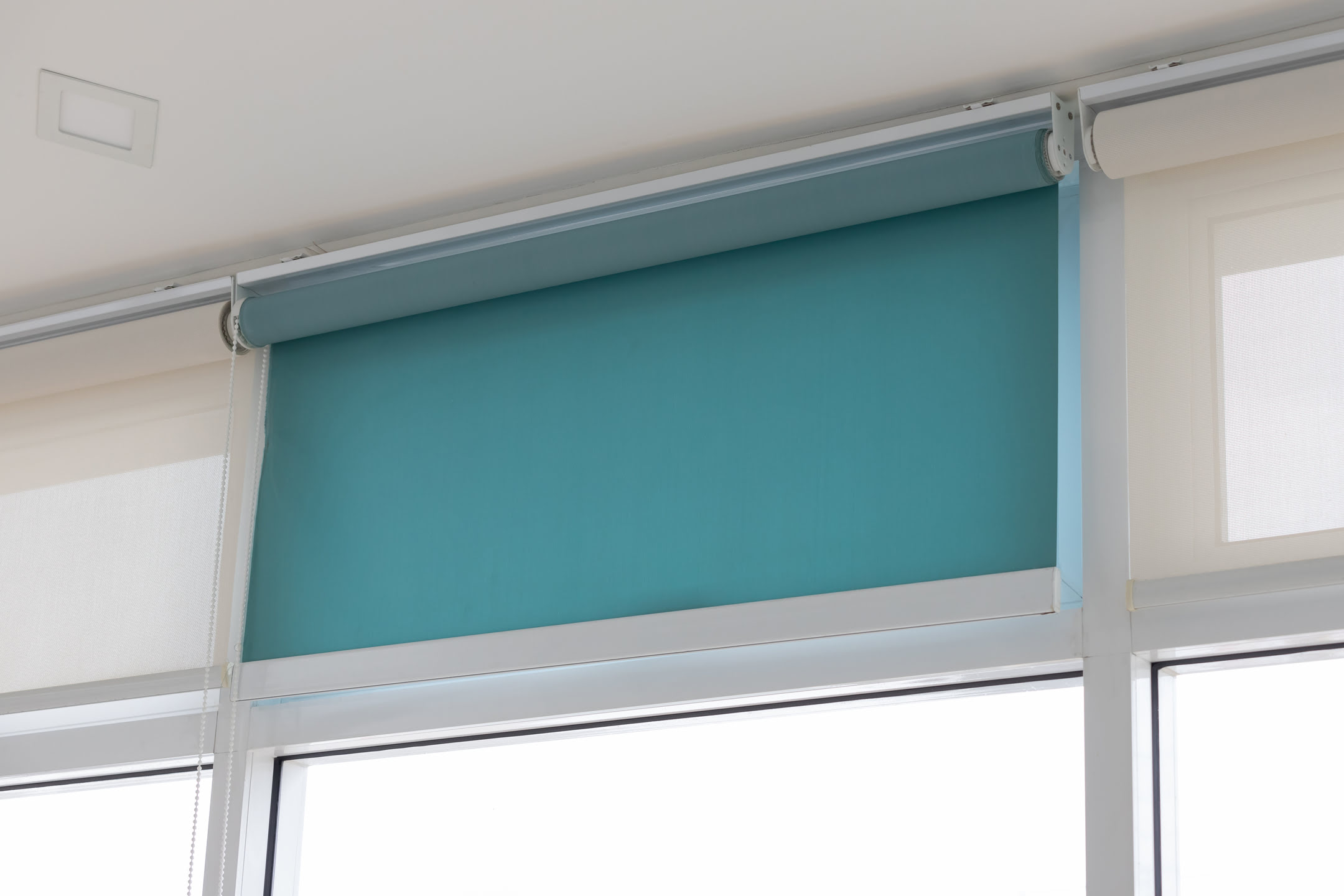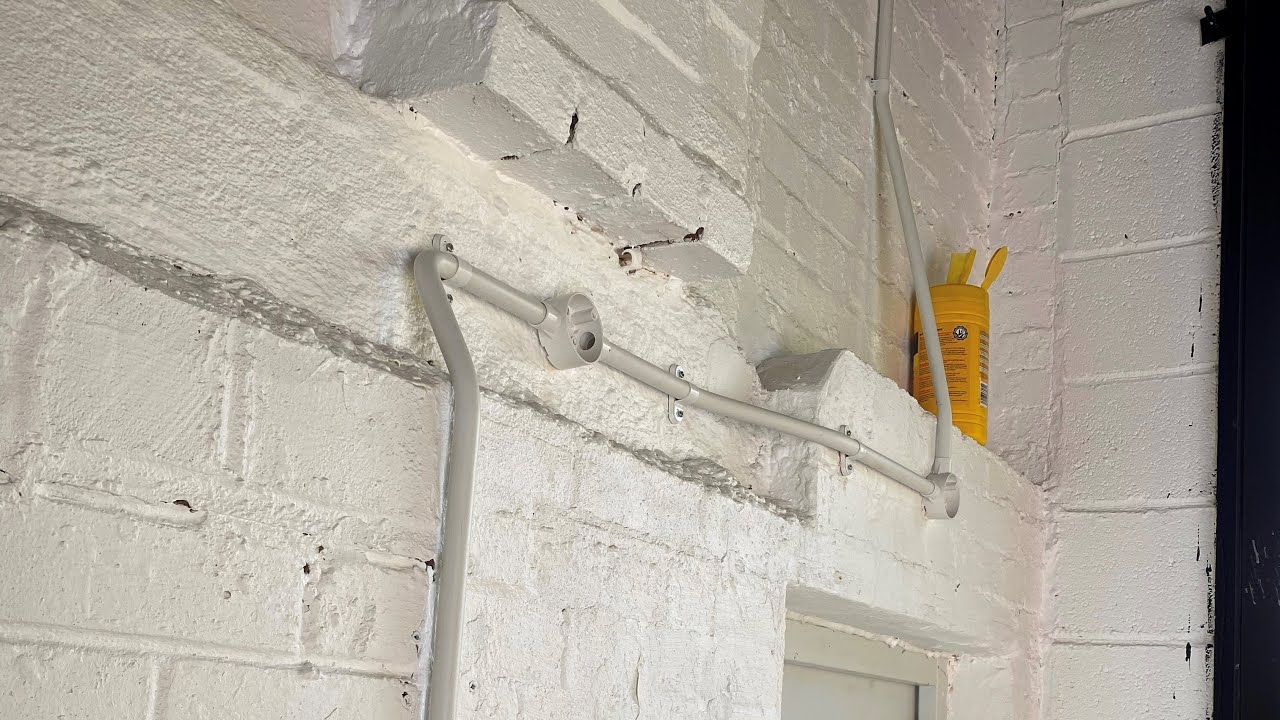

Articles
How To Cut PVC Blinds?
Modified: December 7, 2023
Looking for articles on how to cut PVC blinds? Find step-by-step guides and expert tips on cutting PVC blinds for your windows.
(Many of the links in this article redirect to a specific reviewed product. Your purchase of these products through affiliate links helps to generate commission for Storables.com, at no extra cost. Learn more)
Introduction
When it comes to window treatments, PVC blinds are a popular and affordable option. They provide privacy, control light, and can add a sleek and modern look to any space. However, when you first purchase PVC blinds, they often come in a standard size that may not fit your specific window or space. In such cases, you may need to cut the PVC blinds to the appropriate length. While cutting PVC blinds may seem daunting, it is actually a relatively simple process that you can do yourself with the right tools and techniques.
In this article, we will guide you through the steps to cut PVC blinds effectively. We will discuss the tools and materials required, as well as provide a step-by-step guide on how to measure, mark, and cut the PVC slats. Additionally, we will cover how to smooth the edges to ensure a clean and professional finish. By following these instructions, you will be able to tailor your PVC blinds to fit your windows perfectly.
Before we dive into the process, it’s important to note that safety should always be a top priority when working with any tools or materials. Ensure that you have the necessary safety equipment, such as goggles and gloves, and work in a well-ventilated area if you are using power tools. Now, let’s get started with the tools and materials you will need for this project.
Key Takeaways:
- Customize PVC blinds to fit any window or space with ease using simple tools and techniques. Prioritize safety, measure accurately, and achieve a professional finish for personalized window treatments.
- Embrace the flexibility of cutting PVC blinds to create a cohesive and visually appealing look. Tailor blinds to different window sizes, explore unique designs, and elevate the style and functionality of your space.
Read more: How To Cut PVC Roof Panels
Tools and Materials Required
Before you begin cutting your PVC blinds, gather the following tools and materials:
- Measuring Tape: Use a measuring tape to accurately measure the length of the blinds and determine the desired length for cutting.
- Marker or Pencil: A marker or pencil will be used to mark the cutting points on the slats.
- Square Ruler: A square ruler is helpful for ensuring straight and precise markings on the slats.
- Hacksaw or PVC Pipe Cutter: You have a choice between using a hacksaw or a PVC pipe cutter to cut through the PVC slats. A hacksaw is a versatile tool that most people have at home, but a PVC pipe cutter is specifically designed for cutting PVC pipes and can make the process quicker and more efficient.
- Sandpaper: Sandpaper is necessary to smooth the cut edges of the PVC slats and ensure a clean finish.
- Clamps or Vise: Clamps or a vise can be used to secure the blinds while cutting to ensure stability and accuracy.
- Safety Equipment: It is important to wear safety goggles and gloves when cutting PVC blinds to protect your eyes and hands from any potential accidents.
Having these tools and materials ready before you start will make the process much smoother and help you achieve precise and professional results. Now that you have everything you need, let’s proceed to the next step: measuring and marking the blinds for cutting.
Step 1: Measure and Mark
The first step in cutting PVC blinds is to accurately measure and mark the desired length for your blinds. Follow these steps:
- Start by fully extending your PVC blinds and lay them out on a flat, clean surface.
- Using a measuring tape, measure the length of your window or the area where you will be installing the blinds. Take note of this measurement as it will serve as a guide for your cutting.
- Next, determine the desired length for your PVC blinds. This will depend on your personal preference and the specific measurements of your window or space.
- Once you have decided on the desired length, use a marker or pencil to make a clear mark on the first slat that indicates where you will make the cut. Use a square ruler if necessary to ensure the mark is straight and precise.
- Continue to mark the same measurement on each slat, ensuring that all the marks align horizontally for consistency.
- Double-check your markings and make any necessary adjustments before proceeding to the next step.
By measuring and marking your PVC blinds accurately, you will be able to ensure that they are the perfect length for your window or space. Taking the time to double-check your measurements and markings will help you avoid any mistakes or uneven cuts. Once you are satisfied with the markings, you are ready to move on to the next step: securing the PVC blind for cutting.
Step 2: Secure the PVC Blind
Now that you have measured and marked the desired length for your PVC blind, it’s time to secure it before making the cut. Follow these steps:
- Find a sturdy surface or workbench where you can safely secure the PVC blind for cutting. Ensure that the surface is stable and will not move or wobble while you are cutting.
- Place the PVC blind on the surface and align the marked cutting point with the edge of the surface. This will allow you to cut through the slat without damaging the surface underneath.
- If you have clamps or a vise, you can use them to secure the PVC blind in place. Position the clamps or vise near the cutting point, applying enough pressure to hold the blind firmly but not so much that it distorts the slats.
- If you don’t have clamps or a vise, you can use your body weight to hold the blind down while making the cut. Ensure that you position yourself in a stable and comfortable position to maintain control over the blind.
- Take a moment to double-check that the blind is secure and won’t move during cutting. This will help you achieve accurate and clean cuts.
Securing the PVC blind is essential to ensure stability and prevent any accidents or errors while cutting. Whether you are using clamps, a vise, or your body weight, make sure that the blind is firmly in place before proceeding to the next step: cutting the PVC slats.
When cutting PVC blinds, measure twice and cut once to ensure accuracy. Use a sharp blade or scissors to make a clean, straight cut, and be sure to wear eye protection.
Step 3: Cut the PVC Slats
Now that your PVC blind is securely in place, it’s time to cut the slats to your desired length. Follow these steps:
- If you’re using a hacksaw, begin by aligning the blade with the marked cutting point on the PVC slat. Hold the hacksaw with one hand on the handle and the other hand on the front edge of the blade to guide the cut.
- With gentle pressure, start sawing back and forth in a smooth motion. Take your time and let the saw do the work. Apply consistent and even pressure to ensure a clean cut. Remember to keep your fingers clear of the blade.
- If you’re using a PVC pipe cutter, position the cutter over the marked cutting point on the PVC slat. Make sure the cutter’s blade is aligned with the mark.
- With the pipe cutter in position, apply steady pressure and rotate the cutter around the slat. Continue rotating until the cutter cuts through the slat. Be sure to maintain a consistent and controlled cutting action.
- Repeat the cutting process for each marked cutting point on the PVC slats, making sure to follow the same technique and maintaining clean and even cuts.
While cutting the slats, take your time and be patient. It is better to make slow and controlled cuts than rushing and risking uneven or jagged edges. Once you have cut through all the marked cutting points, proceed to the next step: smoothing the edges of the PVC slats.
Read more: How To Cut Plumbing PVC Pipe
Step 4: Smooth the Edges
After cutting the PVC slats, it’s important to smooth the edges to ensure a clean and professional finish. Follow these steps:
- Start by examining the cut edges of the PVC slats. If there are any rough or jagged areas, they need to be smoothed out using sandpaper.
- Take a piece of sandpaper with medium grit and fold it in half to create a firm grip.
- Hold the folded sandpaper and run it along the cut edges of the slats in a back-and-forth motion. Apply gentle pressure, focusing on the rough areas, until the edges become smooth.
- Continue sanding all the cut edges of the PVC slats until they have a smooth and even texture.
- After sanding, wipe away any dust or debris with a clean cloth to ensure a clean final result.
Smoothing the edges of the PVC slats is essential not only for aesthetics but also for safety. By removing any rough or sharp edges, you prevent potential injuries and make handling the blinds easier. Once you have finished smoothing the edges, you are now ready for the final step: rehanging the PVC blind.
Step 5: Rehang the PVC Blind
With the PVC slats cut and the edges smoothed, it’s time to rehang the PVC blind. Follow these steps:
- Carefully remove the clamps or release the vise to free the PVC blind from the work surface.
- Hold the blind upright and align it with the window frame or desired installation area.
- If your PVC blind has a mounting bracket or hardware, carefully attach it to the window frame or wall according to the manufacturer’s instructions.
- Gently slide each slat into place, making sure they are aligned properly and fit securely within the mounting brackets or hardware.
- Adjust the blind as necessary to ensure it is level and positioned correctly within the window frame or installation area.
- Once the blind is securely in place, test its functionality by opening and closing it to ensure smooth operation.
- Take a moment to step back and admire your newly cut and rehung PVC blind.
Rehanging the PVC blind completes the process of cutting the blinds and ensures proper installation and functionality. It’s important to ensure that the blind is securely mounted and aligned for optimal performance. By following these steps, you have successfully cut and rehung your PVC blind to fit your specific window or space.
Now that you have mastered the process of cutting PVC blinds, you can confidently customize your blinds to the perfect length for any window or space. Enjoy the privacy, light control, and enhanced aesthetic provided by your newly customized PVC blinds!
Remember, safety should always be a priority. Use caution when working with tools and materials, and always follow the manufacturer’s instructions. If you are unsure or uncomfortable with any part of the process, it’s best to consult a professional for assistance.
Happy cutting and enjoy your newly customized PVC blinds!
Conclusion
Cutting PVC blinds to fit your specific window or space doesn’t have to be a difficult task. With the right tools, materials, and techniques, you can easily customize your blinds and achieve a professional finish. By following the step-by-step process outlined in this article, you can confidently measure, mark, cut, and rehang your PVC blinds, creating a perfect fit and enhancing the look of your windows.
Throughout the process, remember to prioritize safety by using the appropriate safety equipment and working in a well-ventilated area if using power tools. Take your time and be patient when making cuts, ensuring precision and clean edges.
By cutting your PVC blinds, you have the flexibility to tailor them to any window or space in your home or office. This personalized touch allows you to maximize privacy, control light, and create a cohesive and visually appealing look.
Now that you have the knowledge and confidence to cut PVC blinds, you can explore endless possibilities for customizing your window treatments. Whether it’s adjusting the length to fit differently sized windows or creating unique designs by combining different colors and patterns, the ability to cut PVC blinds gives you the freedom to customize your space to your specific preferences.
Remember to always refer to the manufacturer’s instructions and consult a professional if you are unsure or uncomfortable with any aspect of the process. With proper care and attention to detail, you can achieve the perfect fit and enjoy the benefits of custom PVC blinds in your home or office.
So, grab your tools, get creative, and transform your PVC blinds into customized window treatments that will elevate the style and functionality of your space!
Frequently Asked Questions about How To Cut PVC Blinds?
Was this page helpful?
At Storables.com, we guarantee accurate and reliable information. Our content, validated by Expert Board Contributors, is crafted following stringent Editorial Policies. We're committed to providing you with well-researched, expert-backed insights for all your informational needs.
